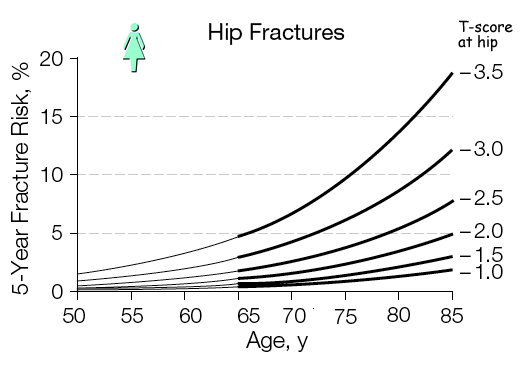
Making sure you’re getting enough vitamins and minerals each day, doing weight-bearing exercises, and living a healthy lifestyle will help. You may not be able to stop mineral withdrawals, but you can slow the process. One in three women and one in four men over the age of 35 may experience weakness in their bones. Broken bones in the spine, hips, ribs, and wrists can also happen. This condition often results in back pain, loss of height, and curvature of the upper back. Bone mineral density decreases, silently, without warning.Ī loss of bone mineral density is known as osteoporosis. The body stockpiles more minerals than it uses from birth to young adulthood. Most people achieve peak bone mineral density in their late 20s and 30s. The rate of withdrawals and deposits naturally changes with age. Every day, our bones store minerals for strength or make withdrawals that lead to weakness. Higher amounts of minerals mean stronger and healthier bones. The minerals stored in your bones determine your bone health. They also act as a storage facility for calcium and other minerals. Your bones provide structure, organ protection, and anchor your muscles. Your body contains over 200 bones that perform many roles. It’s one reason a healthy bone-building diet is so important. Our bodies try to balance acidic, alkaline, and mineral levels to keep running smoothly. That’s what happens to a lesser extent in our bones. The acidity of the vinegar drew out all the minerals. If you are taking a drug for osteoporosis.Did you ever do the experiment where you placed a chicken bone or an egg in a glass of vinegar and let it sit overnight? Do you remember what happened? The next day the chicken bone bent like a piece of licorice, and the eggshell was soft.Your last T-score was -2.5 or lower, (already diagnosed as having osteoporosis).* based on a 10% chance of the next test showing osteoporosis (T-score –2.5 or lower) The table below shows the study’s recommendations.Īccording to the study, if nothing important changes in your fracture risk profile, when would it be reasonable to have a repeat bone density test?* Category of bone density results Use the level of bone density (T-score) you had on your last test to determine when a repeat test would be worthwhile.5% loss is -0.5 T-score thus, you can expect to drop one-half a T-score every 10 years.Once you are a few years beyond the age of menopause, assuming you are generally healthy, your expected bone loss is 0.5% per year or 5% in 10 years.1.0) is roughly 10% of one’s bone density. The logic behind extending testing intervals This study’s results do not apply to you if you: Some common ones are: prior fracture with little trauma, smoking, heavy alcohol intake, a mother or father who had a hip fracture, and exposure to cortisone-like drugs. There are other clinical risk factors that markedly affect future risk of fracture. We know that every 7–8 years, the risk of having a fracture doubles. Age is the most important risk factor for fracture.

Bone density is only one of several important risk factors that together determine the fracture risk in the future. The study looked at the progression of bone loss in women who began with relatively normal bone density scores - all had T-scores better than –2.5, a level indicating osteoporosis. Bone density is important, but it is not the whole story. However as expected, those women whose beginning bone density was already borderline osteoporotic were more likely to cross over to the category of osteoporosis. In fact, even after 15 years only 1 in 10 women had crossed this important threshold. Given the slow bone loss over time, the researchers found very few women moved from a normal or low bone density category to a level indicating osteoporosis. The average older woman with normal bone density loses only about 5% of her bone density in 10 years.

The new report tells us that, in this age group, bone loss is really quite slow - it takes many years for bone loss to accumulate. Over the years, the researchers routinely measured bone density. In 2012, a highly respected group of researchers reported on following nearly 5,000 women over 65 who did not take an osteoporosis drug and did not have osteoporosis. Usually health plans will pay for bone density testing every two years, but if your bones are in good shape, your doctor may extend the time between tests. How frequently you should have a bone density test depends on a number of factors such as your age, your bone density results and whether you are taking an osteoporosis treatment.


 0 kommentar(er)
0 kommentar(er)
